Review of Night Gallery: The Complete First Season
Introduction
Some shows have a particular resonance because of where you where were or who you were when the show originally aired.. When Rod Serling`s `Night Gallery` aired in the US (from 1970 until 1973) I was a typical ten-year-old kid drawn to horror shows like a moth to light. Even the opening title sequence, which looks strangely contemporary today, sent shivers of nostalgia as this disc played.
I`m telling you this, not to bore the pants off you, but as a clear warning about the distinct lack of scientific objectivity I`m about to betray.
I loved this series then - and I love it now. Despite not having seen a single episode since it aired 30 years ago, this replay was not in the least disappointing.
`Night Gallery` was Rod Serling`s belated follow-up to `The Twilight Zone` and it shares much in common. Whilst `NG` reflected the public fascination with horror at that time (Hammer`s heyday), the format was essentially the same. Well-penned, well-executed, well-cast mini-movies with an inevitable twist at its conclusion. Think `Tales of the Unexpected` but with bigger production values and an almost exclusively American cast.
Each episode of NG has 2-3 `mini-tales` per episode. Many of these have recently been aired in the US, though ludicrously in a half hour slot so each episode has either been cut (indiscriminately) or had footage added to make up the time, which is the craziest approach to programming this reviewer has encountered. So this set will be a welcome arrival for fans of the original series. This set includes the feature length pilot movie, all of Series 1 and half a dozen episodes from Series 2 and 3.
The pilot (airing in November 1969) really established the format (though has a far less effective title sequence) which features Rod Serling in a stylised `art gallery`. As he reveals a particular painting, he introduces each of the tales with a po-faced seriousness that really set the tone. The pilot included three high-quality vignettes.
`The Cemetery` sees an almost foppish Roddy McDowell playing a black-sheep nephew who murders his ailing uncle for the inheritance, leaving just him and the butler in that spooky old house. Really cementing the `gallery` theme, strange things start to happen to one of the family paintings on the stairs.
`Eyes`, the most impressive of the first three tales, was directed by a young Stephen Spielberg pre-Feature film debut, featuring Joan Crawford who plays an embittered but wealthy blind-lady who cons a living donor to part with his eyes to allow her a few brief moments of sight. Needless to say, a twist in the tale ensures that the moral high ground is comfortably maintained.
The final episode of the pilot (and perhaps the least impressive) is entitled The Escape Route and features a hunted Nazi war criminal in South America (Joseph Strobe) who finds refuge from his pursuers at a museum exhibit. But his refuge is short-lived. (These are fiercely moral tales after all!).
Season 1 highlights include a classic `Weird Tales` story, `The Dead Man` where an experiment in hypnosis leads to a terrifying conclusion when a physician attempts to revive his subject from death.
`Room with a view`, a real short, featured a young Diane Keaton playing the role of a sweet but naïve nurse who falls under the influence of a dying man.
`The Housekeeper` features a post-`I Dream of Jeannie`, pre-`Dallas` Larry Hagman in the nearest you`re going to get on this set to `Tales of the Unexpected`. It`s positively bizarre and almost Kafkian in its outlook, with more than a whiff of Dahl in the air. `The Little Black Bag` is, in my view, perhaps the finest tale on the set, featuring Burgess Meredith (Karen Black`s alcoholic father and door salesman in "The Day of the Locust", Sylvester Stallone`s boxing trainer, Mickey, in the film "Rocky". and `The Penguin` in the 1960`s `Batman` TV show) as a quack who happens upon a bag containing twenty-first century medicines. His monosyllabic sidekick is possibly the scariest thing on this whole set.
`They`re Tearing Down Tim Riley`s Bar` features a has-been salesman who is haunted by phantoms from happier times. This particular episode was nominated for an Emmy Award: Outstanding Single Program -Drama or Comedy (1970-71.
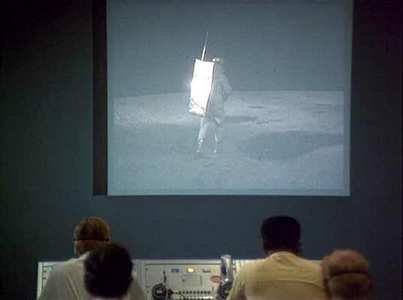
Video
All in 1:33:1 (it`s a TV show so all good and proper), though is extremely variable in quality. The pilot is worst for wear with frequent scratches and marks. Some of the prints are variable in depth of colour and contrast too, but never really quite enough to spoil your enjoyment. Once again, this has been mastered directly from whatever prints lay in the archives, pretty much regardless of condition, and probably has everything to do with budget.
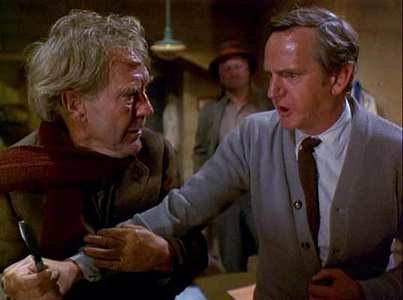
Audio
Hmmm. Very curious. The audio is so wildly variable throughout, with atmos sound dropping in and out at random as well as much in the way of hissing, hums and general back-ground noise, that I can only think this is the result of some tinkering that`s gone wrong. This is never more noticeable than in the Pilot. It certainly wasn`t aired this way. Often the sound is rich and full, but then, within the same episode, it can become thin and uneven. Dialogue sound is generally good so it won`t spoil the enjoyment too much, but the variances here are not only attributable to age. I suspect that an attempt has been made to adapt original mono sound to dual DVD outputs compatible with Dolby pro-logic, though it`s hard to tell as most comes of the audio still comes out the centre. As curious as the tales themselves!
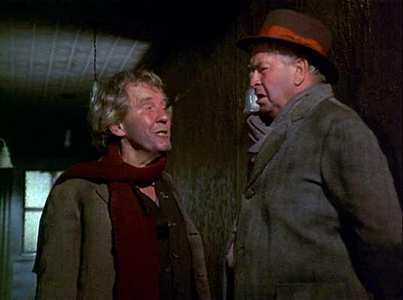
Features
Whilst it`s light on extras (there aren`t any), it comes packaged in a nice folding digi-pack. There are Spanish and French subtitles too. I think there is an opportunity lost here certainly but I guess Universal are testing the waters with this set and don`t want to put too much production budget into what is by no means a safe bet. If this one sells then maybe we can all look forward to Series 2 and 3, perhaps with some of those many extras so sadly lacking here. On the other hand, the retail price for the set is very reasonable and still represents great value in my opinion.
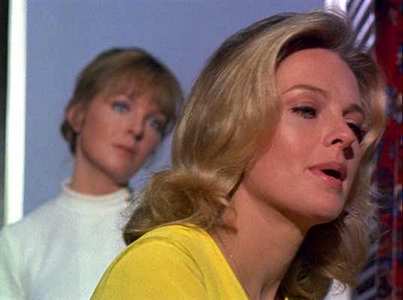
Conclusion
In terms of TV Series box sets, content doesn`t often come any better than this. The entire Series 1 of Rod Serling`s classic early `70`s horror programme, along with pilot feature and half a dozen bonus episodes from Series 2 and 3 makes this an irresistible purchase. For UK audiences, Night Gallery may appear to be a kind of Americanised `Tales of the Unexpected` - though this series wins hands-down in terms of production value and direction. The only gripe I`d have overall is with the technical quality of the transfers which would have really benefited from a modest amount of restoration. Audio is a little weird too on occasion; though neither of these complaints will be enough to stop you thoroughly enjoying this set. Whilst its light on extras it more than compensates with content and represents great value. Recommended!
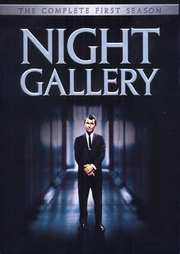





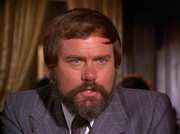
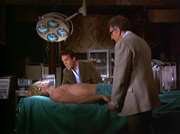
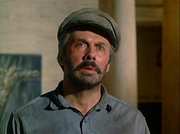
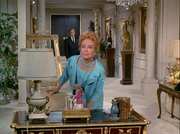
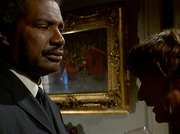
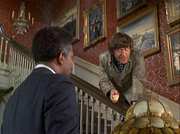
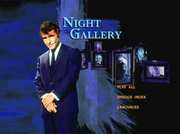
































Your Opinions and Comments
Be the first to post a comment!